SLUSF12A april 2023 – august 2023 UCC14131-Q1
PRODUCTION DATA
- 1
- 1 Features
- 2 Applications
- 3 Description
- 4 Revision History
- 5 Device Comparison
- 6 Pin Configuration and Functions
- 7 Specifications
- 8 Safety-Related Certifications
- 9 Insulation Characteristics
- 10Typical Characteristics
- 11Detailed Description
- 12Application and Implementation
- 13Device and Documentation Support
- 14Mechanical, Packaging, and Orderable Information
- 15Tape and Reel Information
Package Options
Mechanical Data (Package|Pins)
- DWN|36
Thermal pad, mechanical data (Package|Pins)
Orderable Information
10 Typical Characteristics
The maximum recommended average
power safe operating area (SOA) at each Vin is determined by the lower value of the 1.5
W limit (dotted line) and the corresponding thermal derating curve (solid line) at that
input voltage. It is not recommended to operate at an ambient temperature higher than
125oC. The thermal derating power is acquired with an evaluation board
similar to the EVM shown in the Application and Implementation section. Tshut
represents the primary-side over-temperature shutdown rising threshold. As shown in the
Electrical Characteristics table, the typical Tshut value is
160oC, and minimal Tshut value is 150oC. The SOA
derating curve with both Tshut = 160oC and 150oC are
provided below. The SOA curves under four common VDD-VEE settings, 10V, 12V, 15V, and
18V are characterized. In each SOA curve, the input voltage is swept from 10V to 18V. To
represent a worst-case condition with Tshut = 150oC, the test is
done in a shieded box to block circulating air in the thermal chamber. 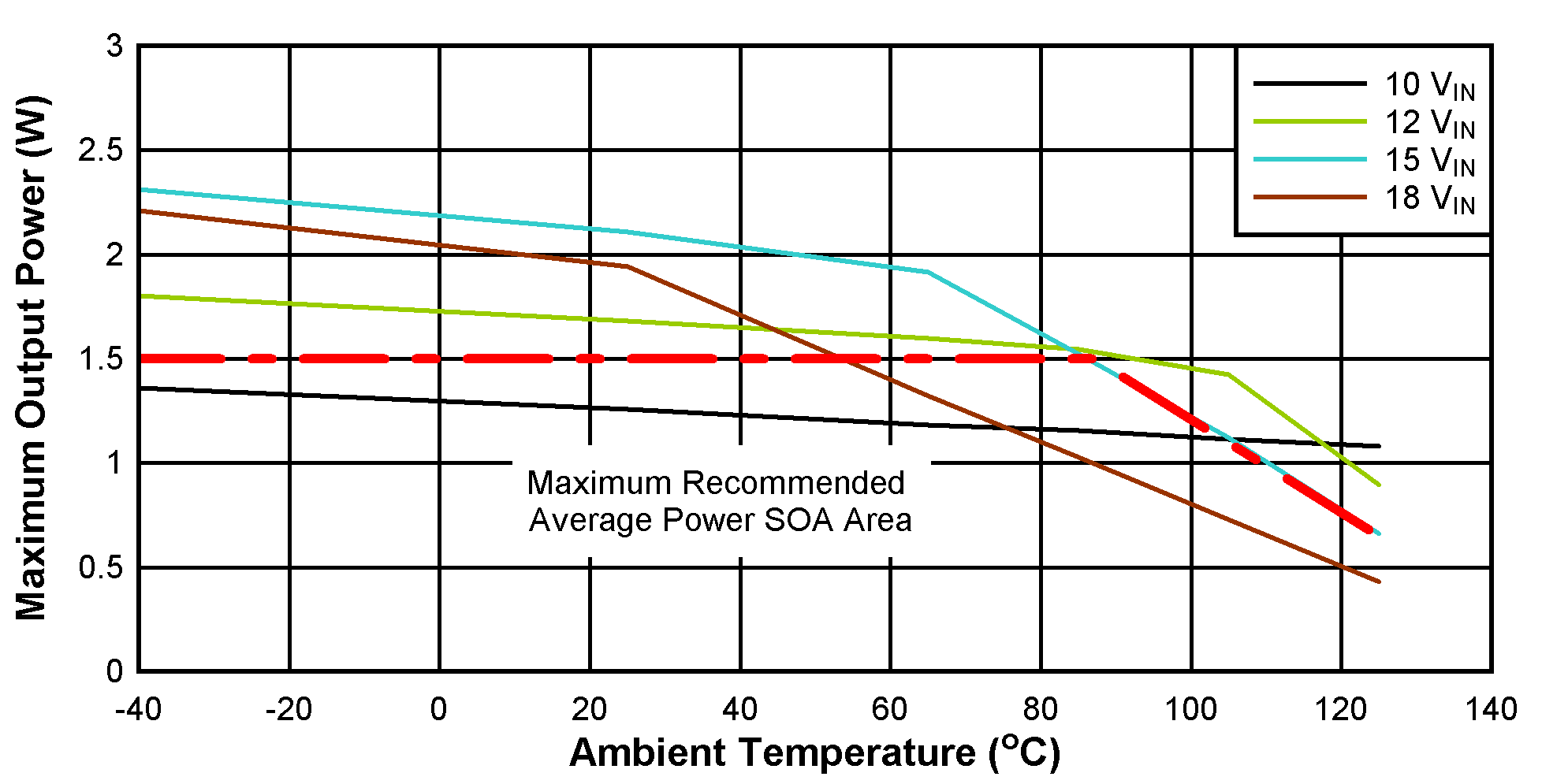 Figure 10-1 SOA
Derating Curves: VVDD-VEE = 10 V, VCOM-VEE = 5 V,
Tshut=160oC, No Load on
VCOM-VEE.
Figure 10-1 SOA
Derating Curves: VVDD-VEE = 10 V, VCOM-VEE = 5 V,
Tshut=160oC, No Load on
VCOM-VEE.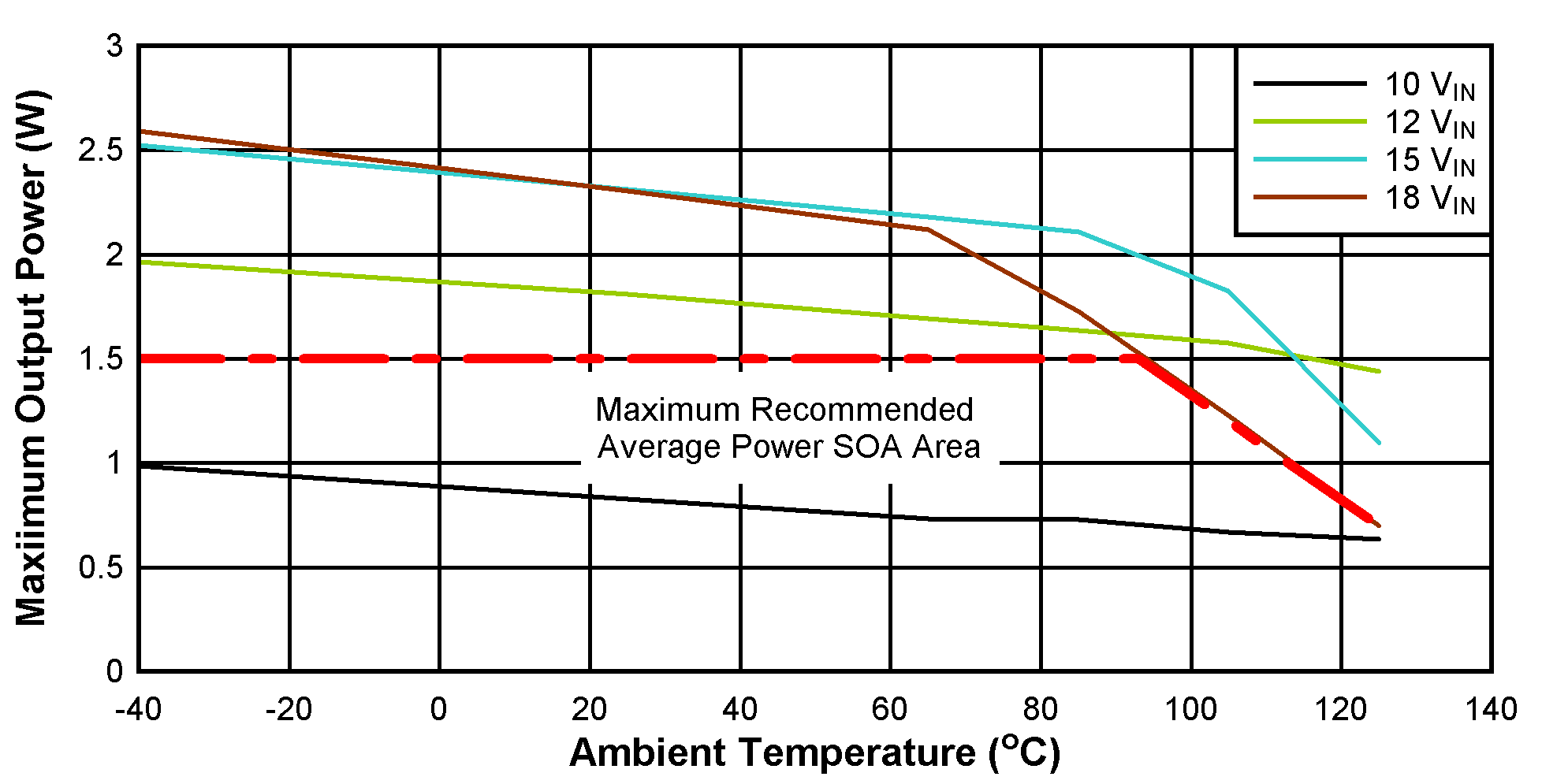 Figure 10-3 SOA
Derating Curves: VVDD-VEE = 15 V, VCOM-VEE = 5 V,
Tshut=160oC, No Load on
VCOM-VEE.
Figure 10-3 SOA
Derating Curves: VVDD-VEE = 15 V, VCOM-VEE = 5 V,
Tshut=160oC, No Load on
VCOM-VEE.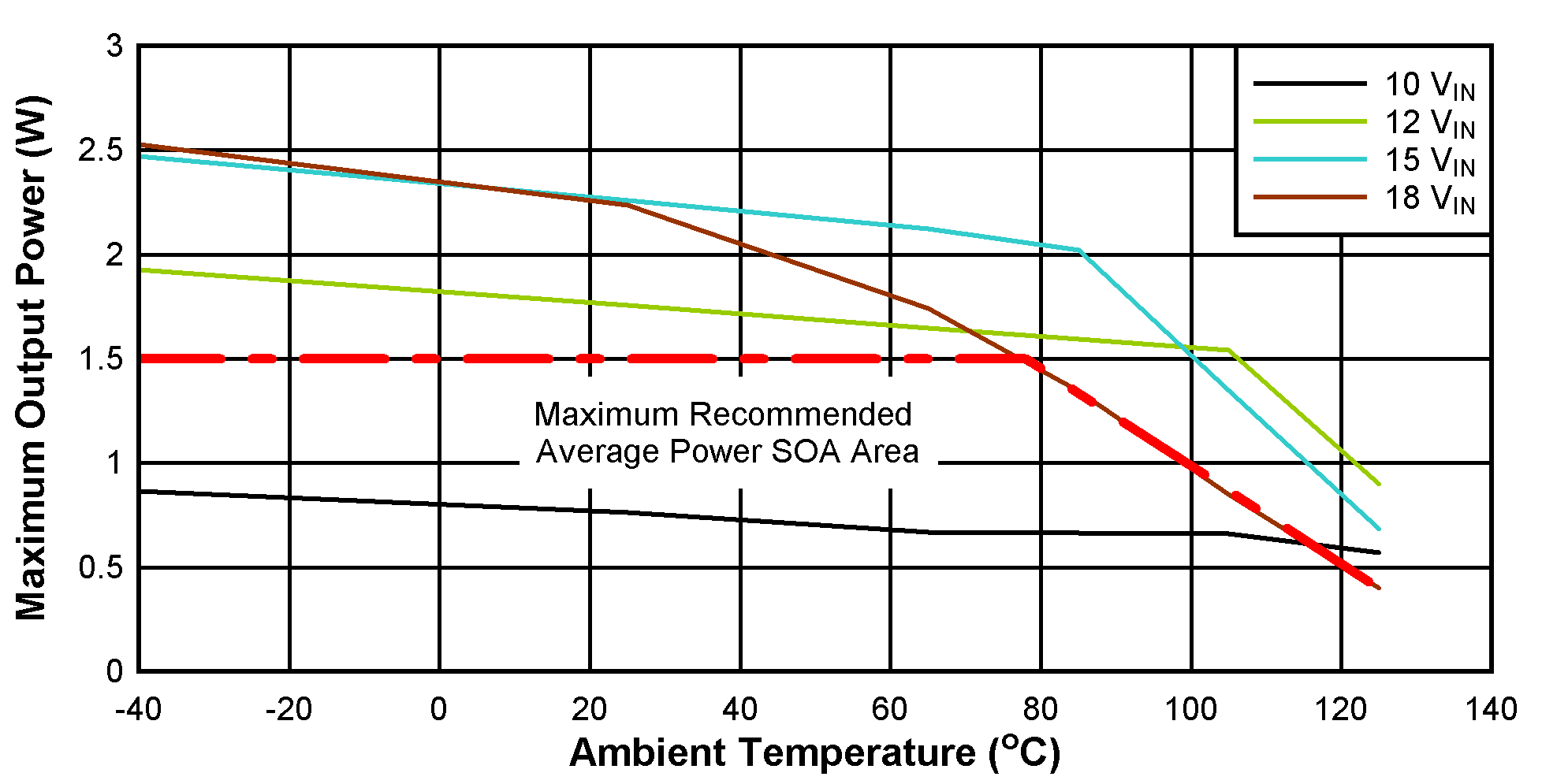 Figure 10-5 SOA
Derating Curves: VVDD-VEE = 15 V, VCOM-VEE = 5 V,
Tshut=150oC, , No Load on VCOM-VEE,
tested in a shielded box.
Figure 10-5 SOA
Derating Curves: VVDD-VEE = 15 V, VCOM-VEE = 5 V,
Tshut=150oC, , No Load on VCOM-VEE,
tested in a shielded box.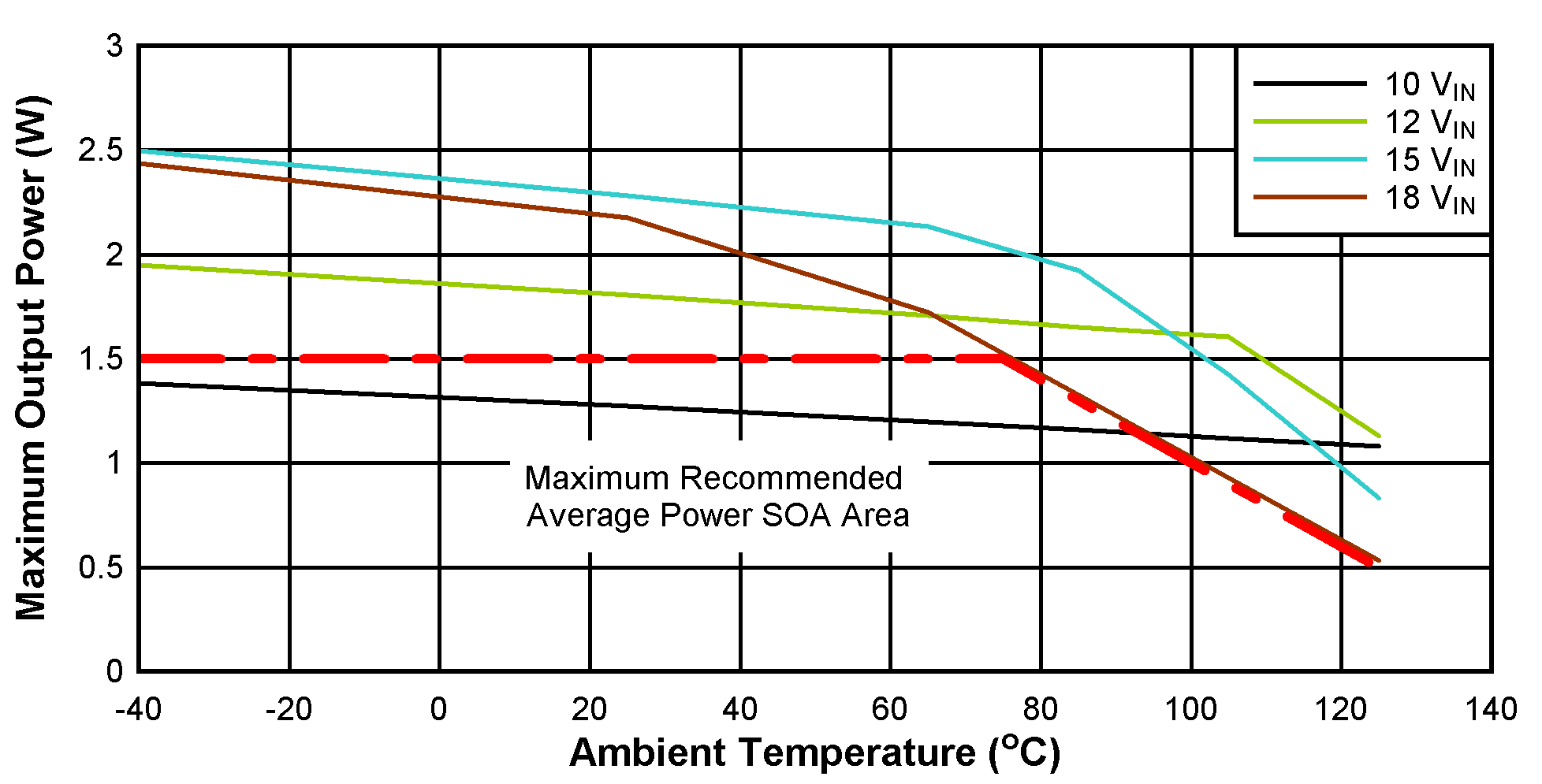 Figure 10-2 SOA
Derating Curves: VVDD-VEE = 12 V, VCOM-VEE = 5 V,
Tshut=160oC, No Load on
VCOM-VEE.
Figure 10-2 SOA
Derating Curves: VVDD-VEE = 12 V, VCOM-VEE = 5 V,
Tshut=160oC, No Load on
VCOM-VEE.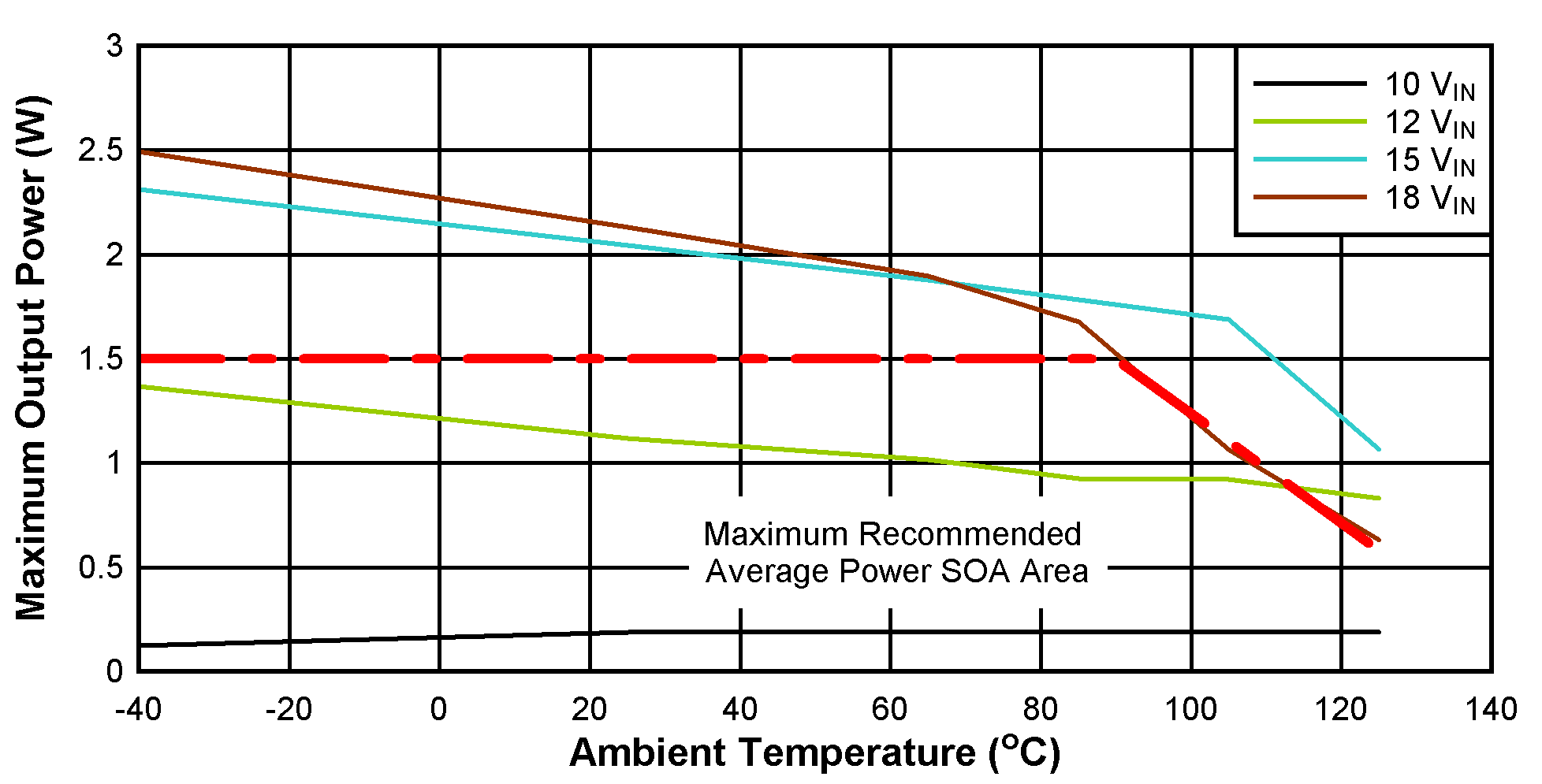 Figure 10-4 SOA
Derating Curves: VVDD-VEE = 18 V, VCOM-VEE = 5 V,
Tshut=160oC, No Load on
VCOM-VEE.
Figure 10-4 SOA
Derating Curves: VVDD-VEE = 18 V, VCOM-VEE = 5 V,
Tshut=160oC, No Load on
VCOM-VEE.
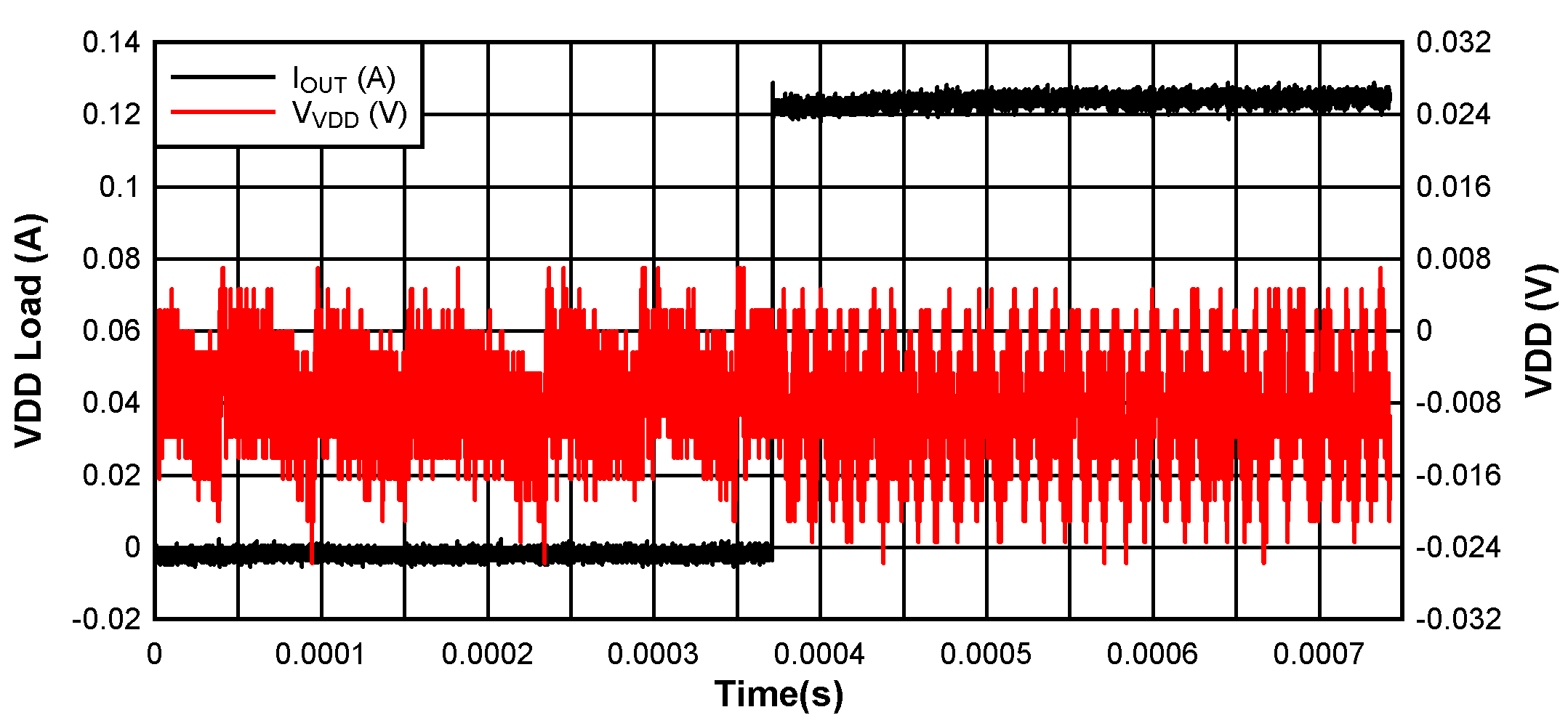 Figure 10-6 Load
Transient Response: No Load to 1 W, VIN = 12 V, VVDD-VEE = 12 V,
VCOM-VEE = 5 V
Figure 10-6 Load
Transient Response: No Load to 1 W, VIN = 12 V, VVDD-VEE = 12 V,
VCOM-VEE = 5 V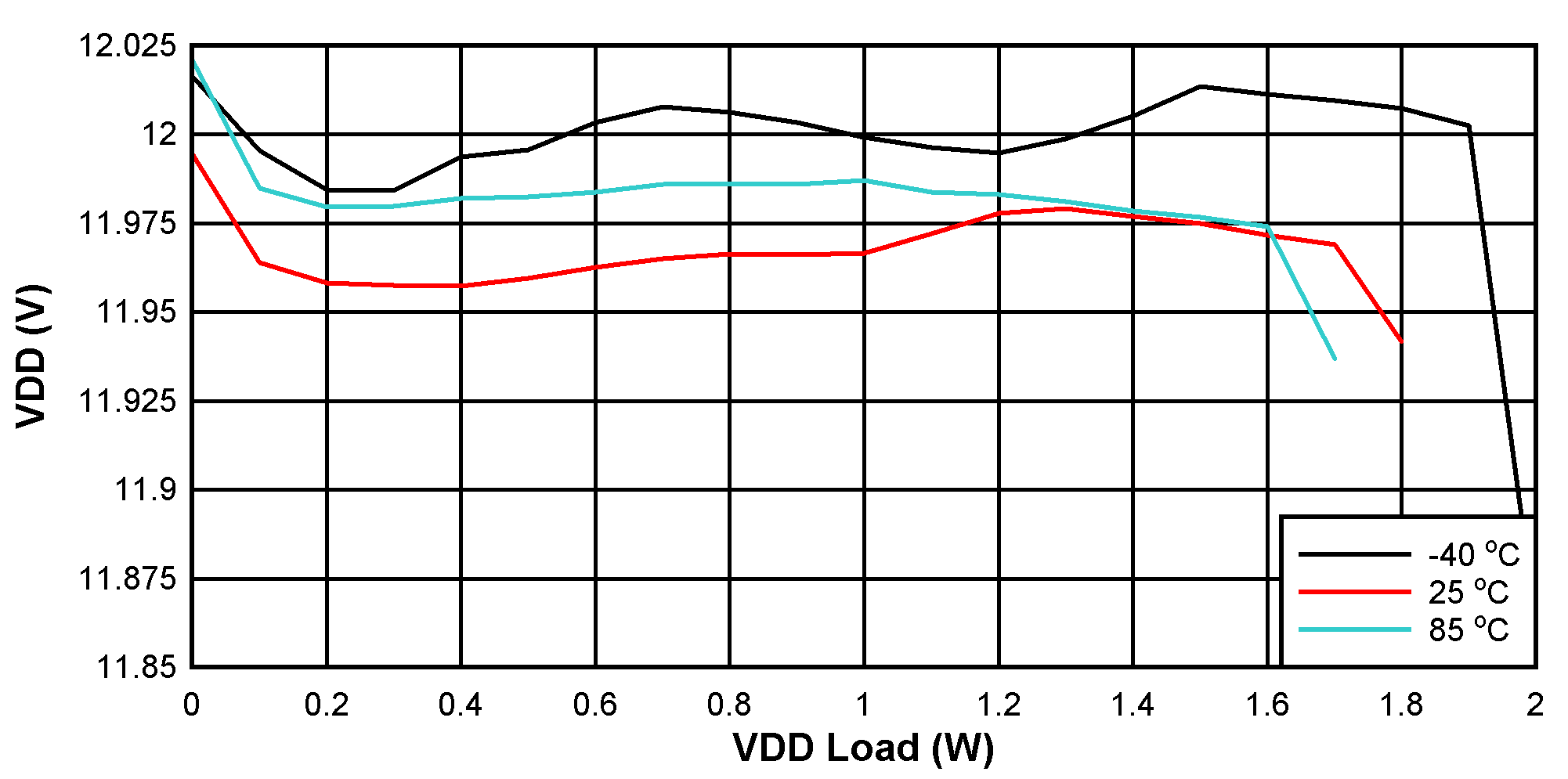 Figure 10-8 VVDD-VEE Load Regulation: VIN = 12 V, VVDD-VEE =
12 V, VCOM-VEE = 5 V
Figure 10-8 VVDD-VEE Load Regulation: VIN = 12 V, VVDD-VEE =
12 V, VCOM-VEE = 5 V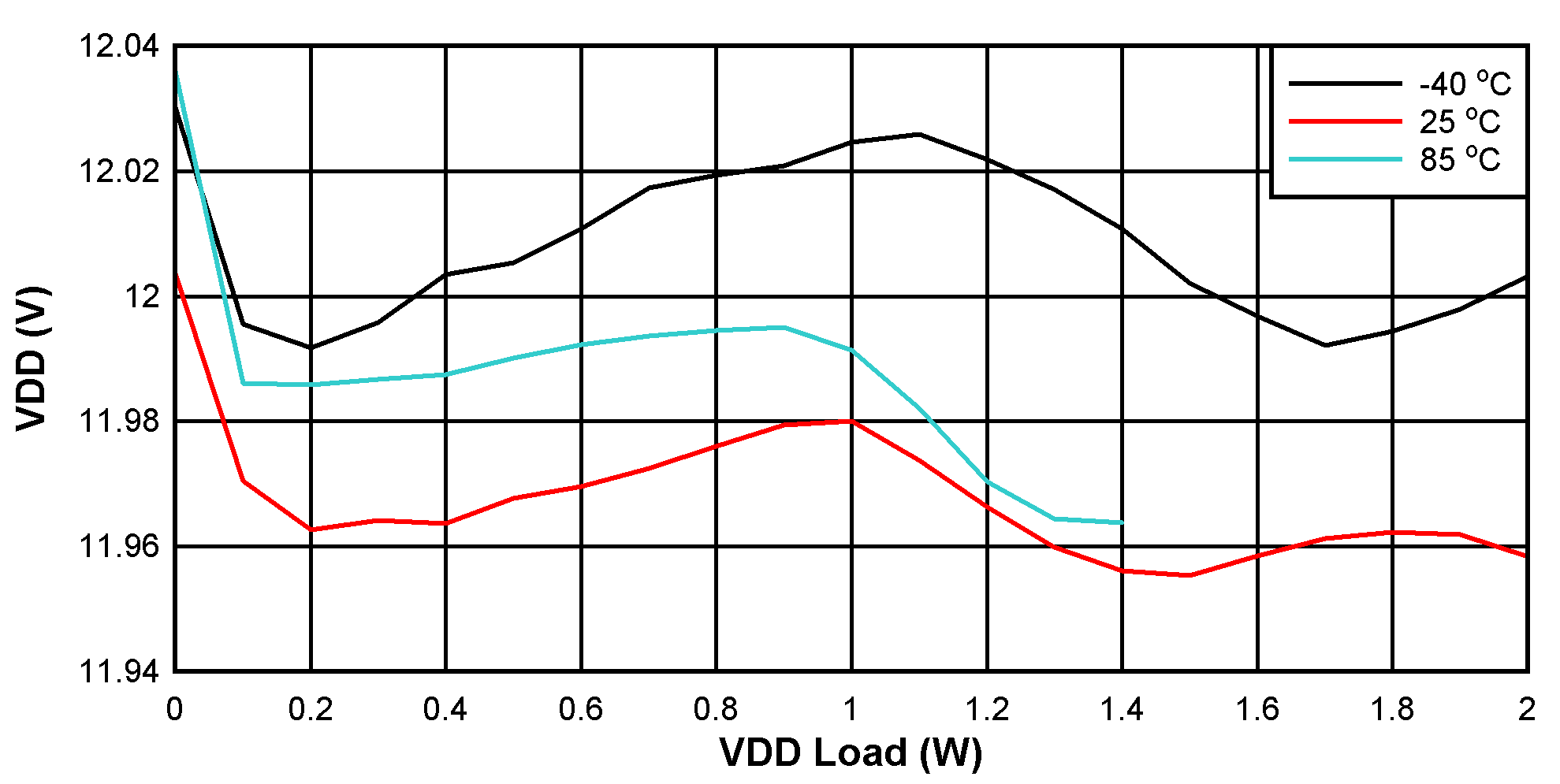 Figure 10-10 VVDD-VEE Load Regulation: VIN = 18 V, VVDD-VEE =
12 V, VCOM-VEE = 5 V
Figure 10-10 VVDD-VEE Load Regulation: VIN = 18 V, VVDD-VEE =
12 V, VCOM-VEE = 5 V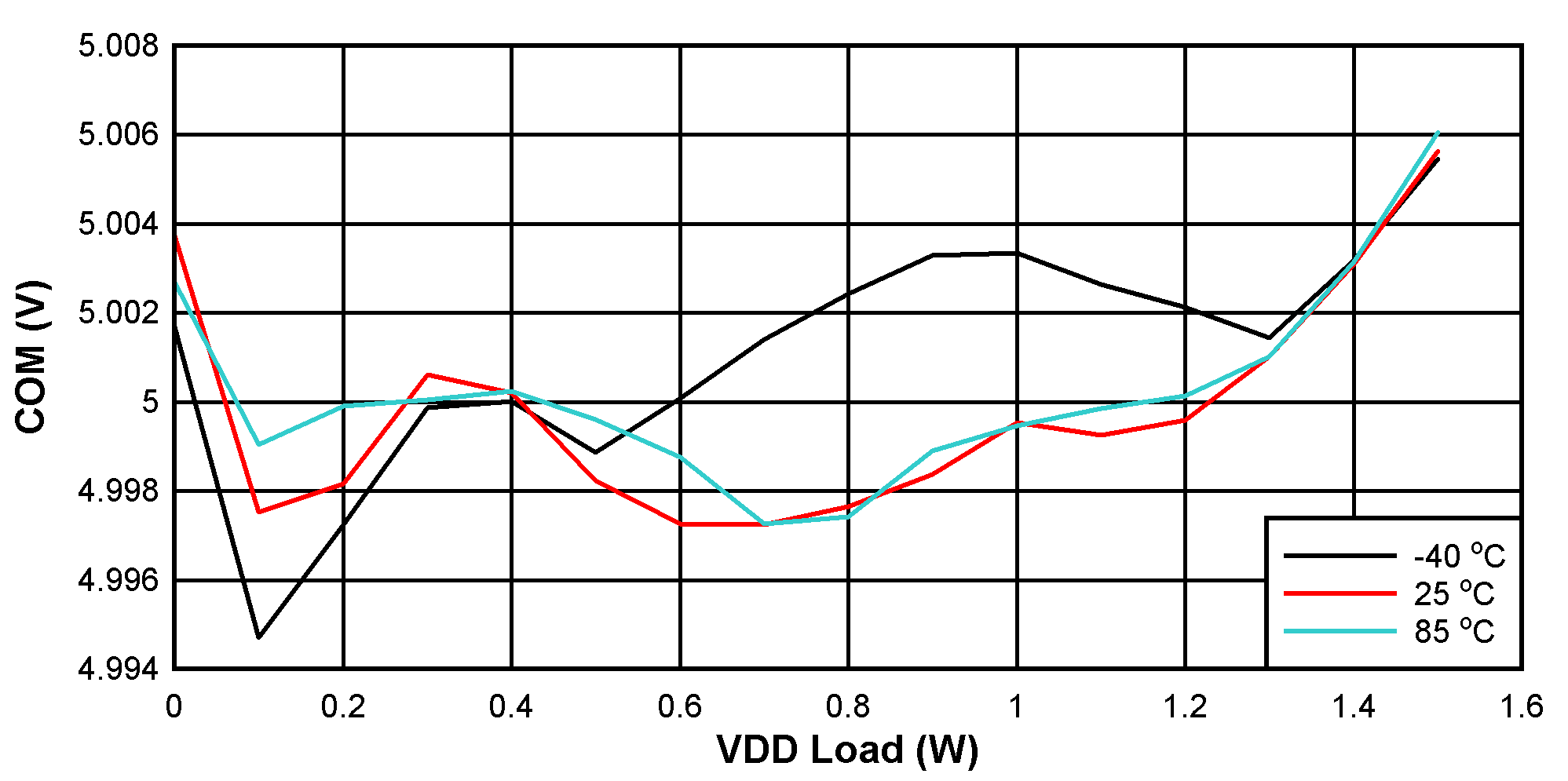 Figure 10-12 VCOM-VEE Load Regulation: VIN = 12 V, VVDD-VEE =
12 V, VCOM-VEE = 5 V
Figure 10-12 VCOM-VEE Load Regulation: VIN = 12 V, VVDD-VEE =
12 V, VCOM-VEE = 5 V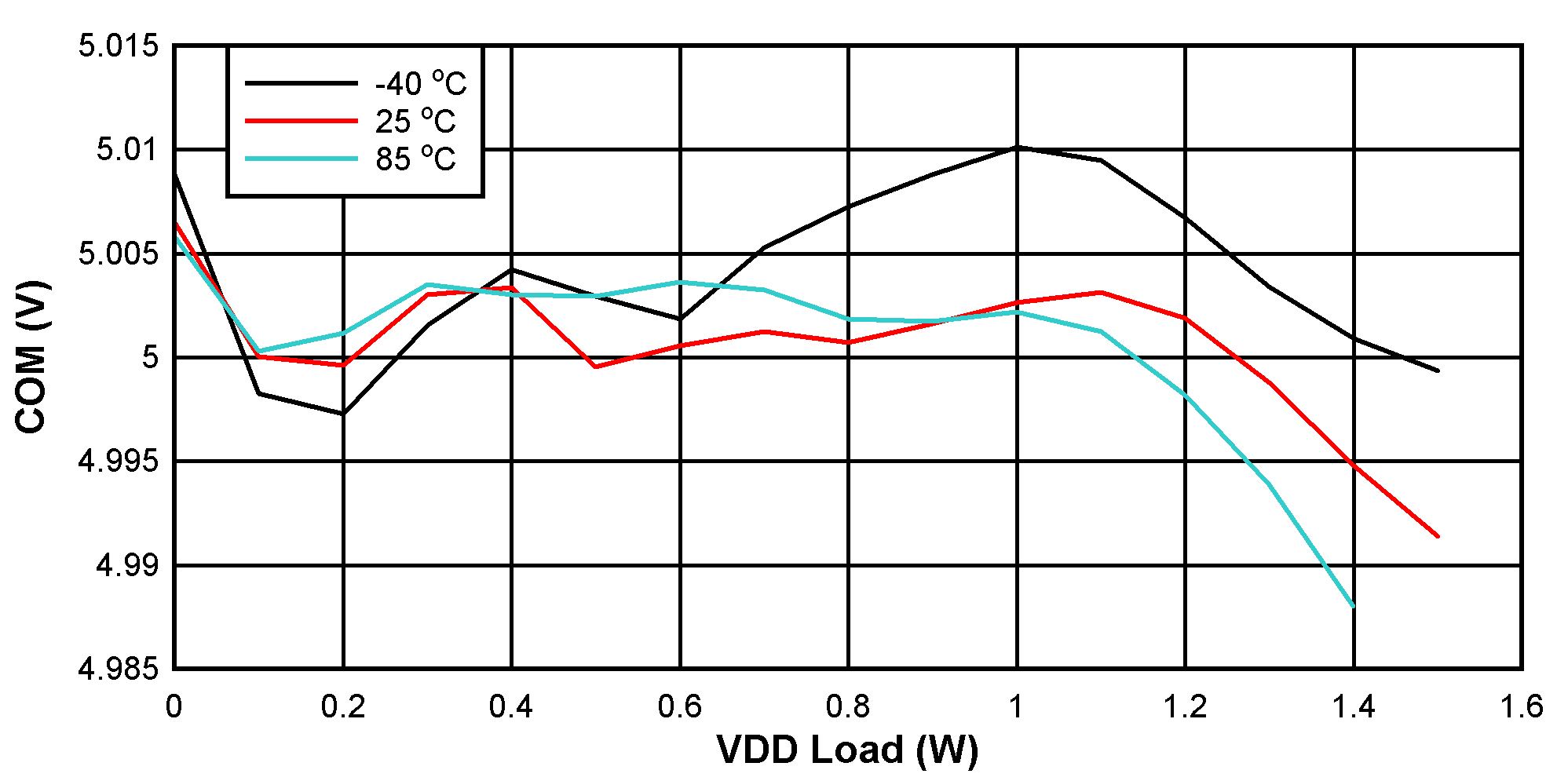 Figure 10-14 VCOM-VEE Load Regulation: VIN = 18 V, VVDD-VEE =
12 V, VCOM-VEE = 5 V
Figure 10-14 VCOM-VEE Load Regulation: VIN = 18 V, VVDD-VEE =
12 V, VCOM-VEE = 5 V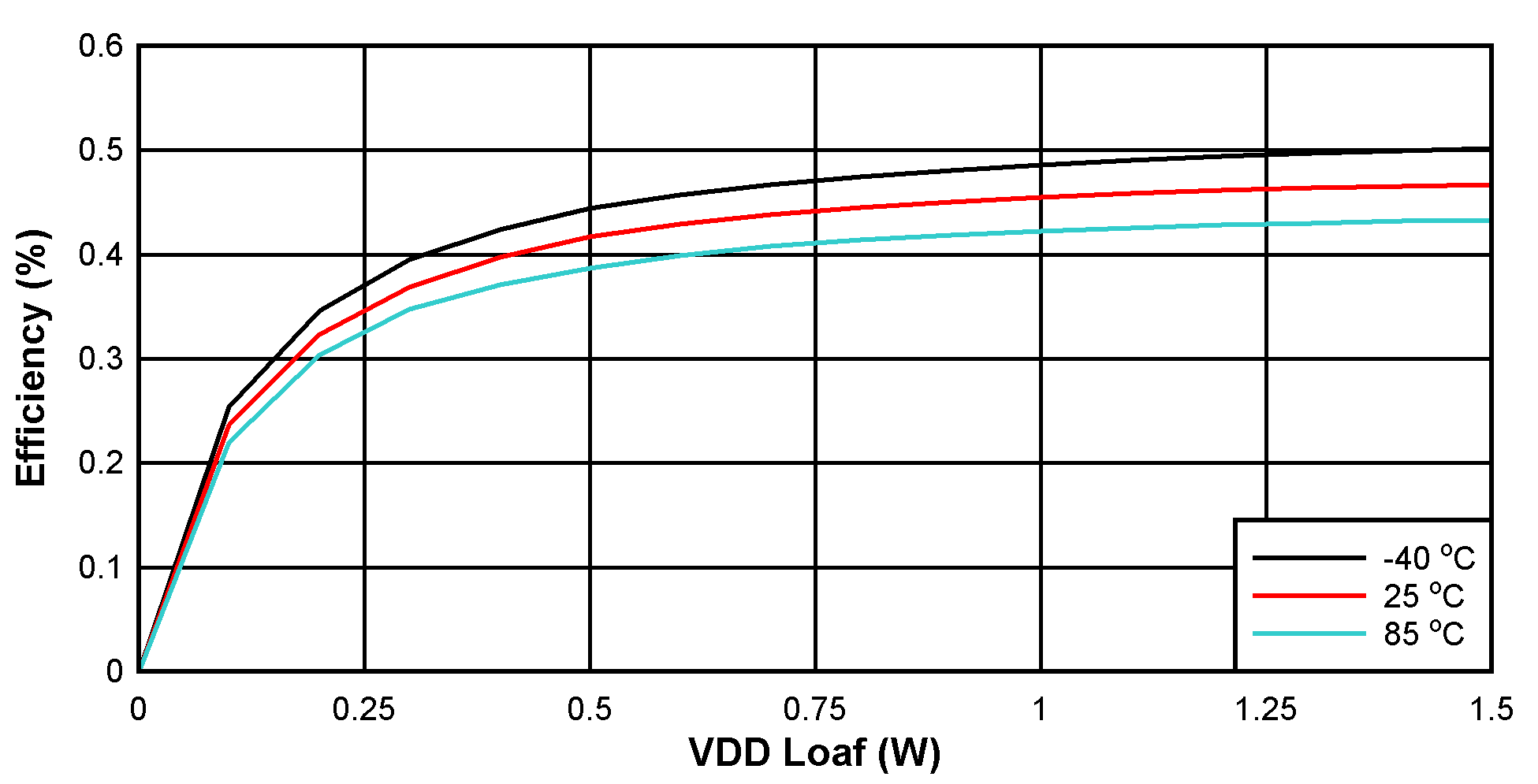 Figure 10-16 Efficiency vs Load on VVDD-VEE: VIN = 12 V, VVDD-VEE
= 12 V, VCOM-VEE = 5 V, No Load on VCOM-VEE
Figure 10-16 Efficiency vs Load on VVDD-VEE: VIN = 12 V, VVDD-VEE
= 12 V, VCOM-VEE = 5 V, No Load on VCOM-VEE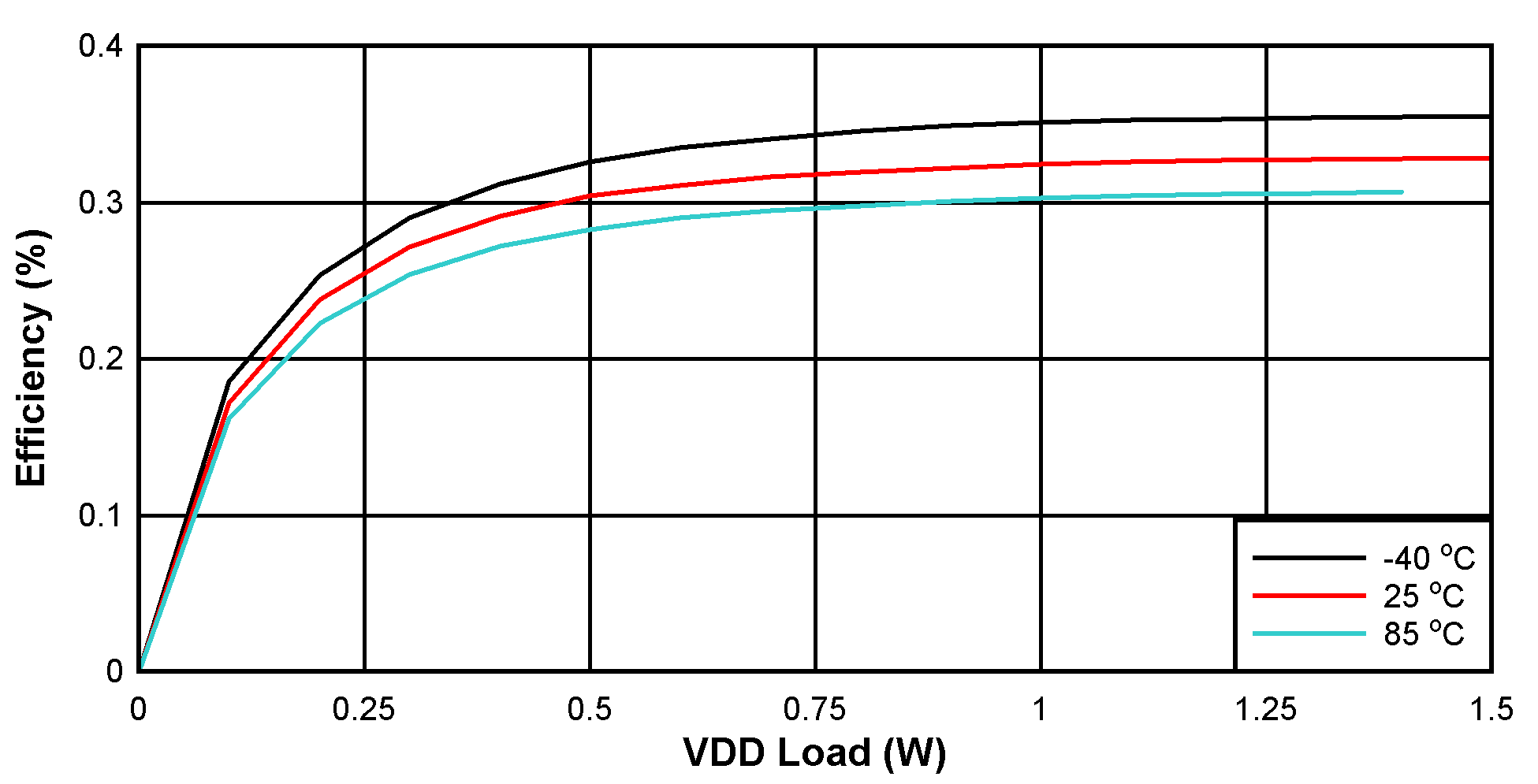 Figure 10-18 Efficiency vs Load on VVDD-VEE: VIN = 18 V, VVDD-VEE
= 12 V, VCOM-VEE = 5 V, No Load on VCOM-VEE
Figure 10-18 Efficiency vs Load on VVDD-VEE: VIN = 18 V, VVDD-VEE
= 12 V, VCOM-VEE = 5 V, No Load on VCOM-VEE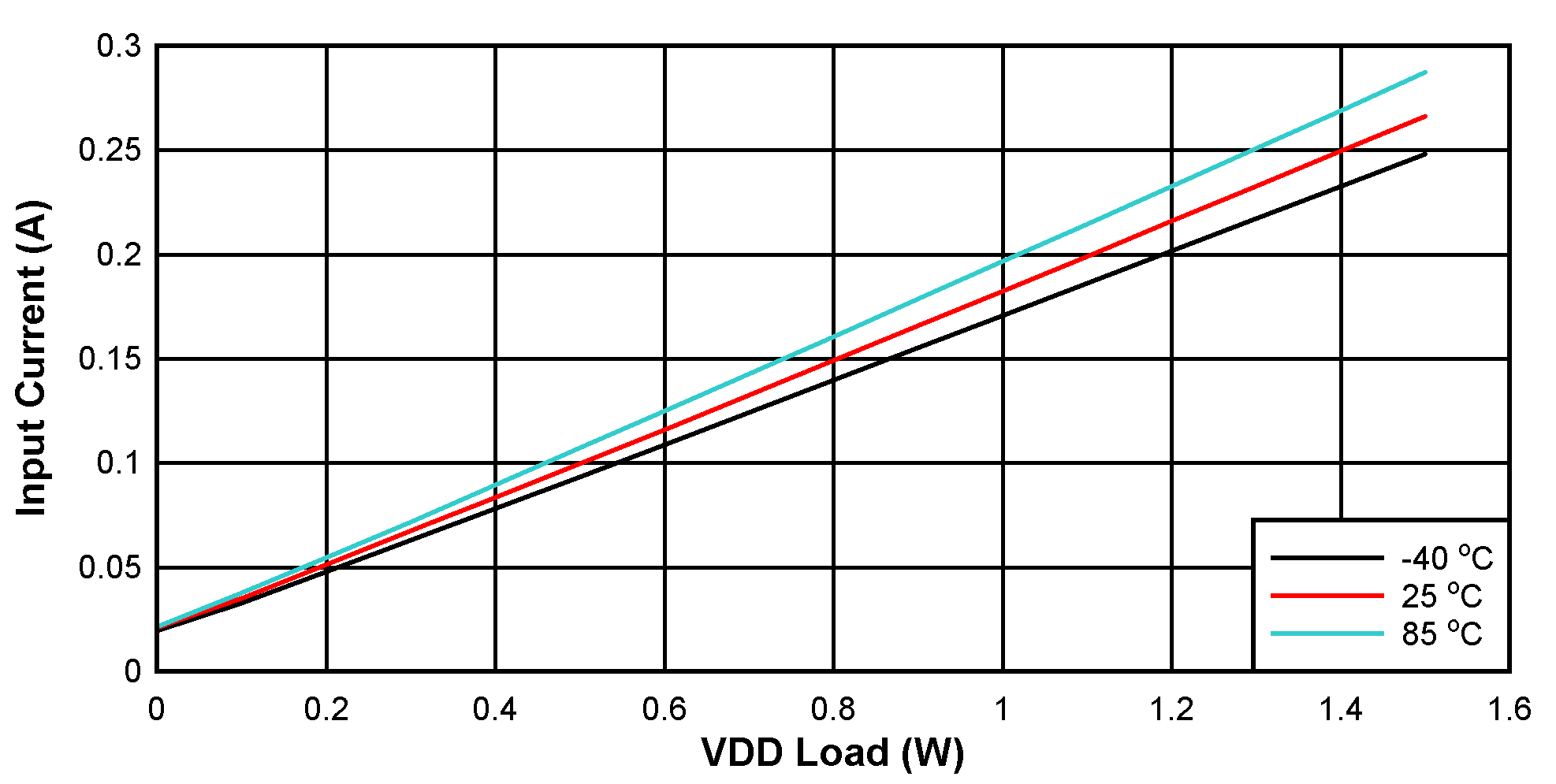 Figure 10-20 Input
Current vs Load on VVDD-VEE: VIN = 12 V, VVDD-VEE = 12
V, VCOM-VEE = 5 V, No Load on VCOM-VEE
Figure 10-20 Input
Current vs Load on VVDD-VEE: VIN = 12 V, VVDD-VEE = 12
V, VCOM-VEE = 5 V, No Load on VCOM-VEE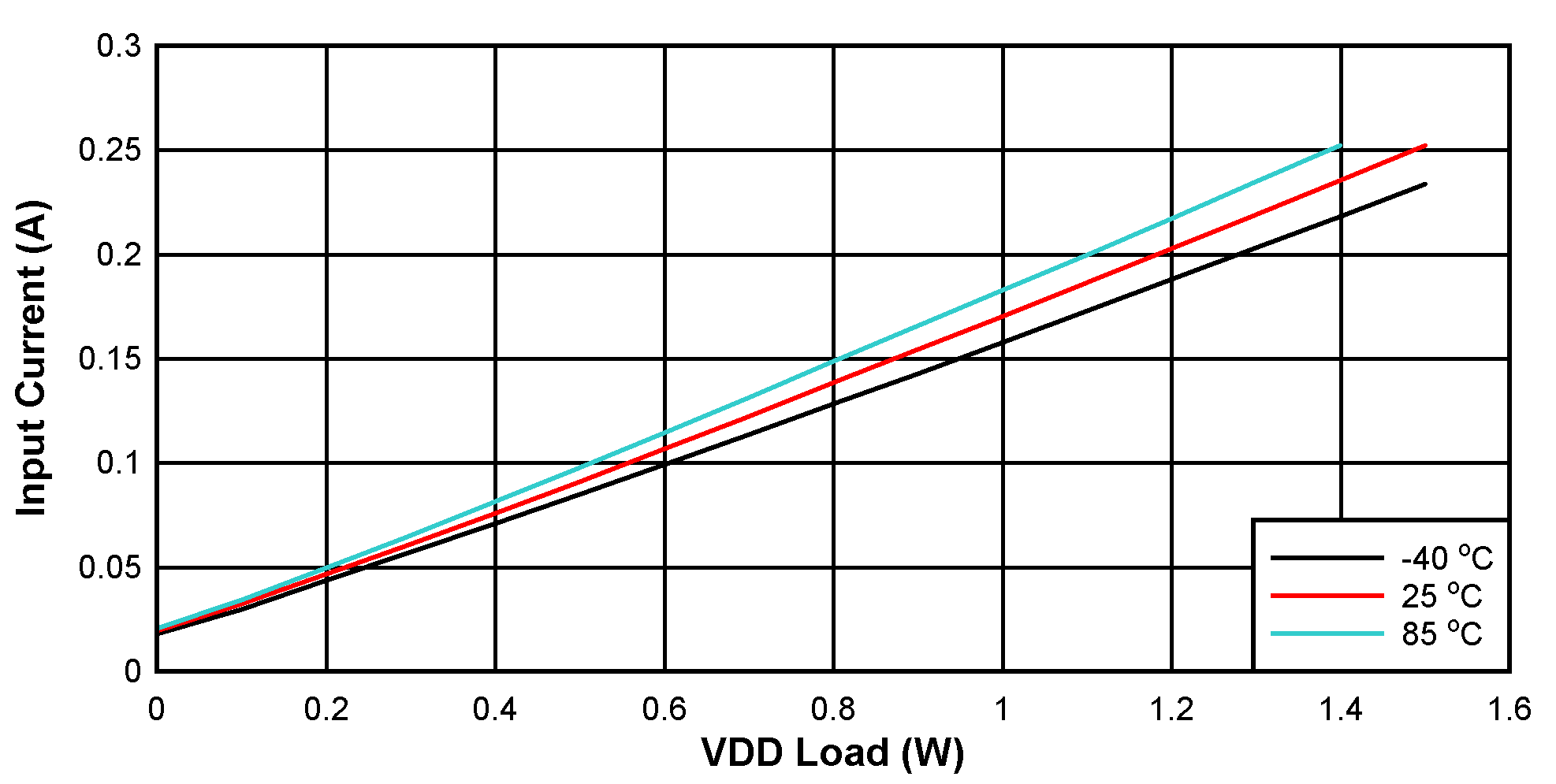 Figure 10-22 Input
Current vs Load on VVDD-VEE: VIN = 18 V, VVDD-VEE = 12
V, VCOM-VEE = 5 V, No Load on VCOM-VEE
Figure 10-22 Input
Current vs Load on VVDD-VEE: VIN = 18 V, VVDD-VEE = 12
V, VCOM-VEE = 5 V, No Load on VCOM-VEE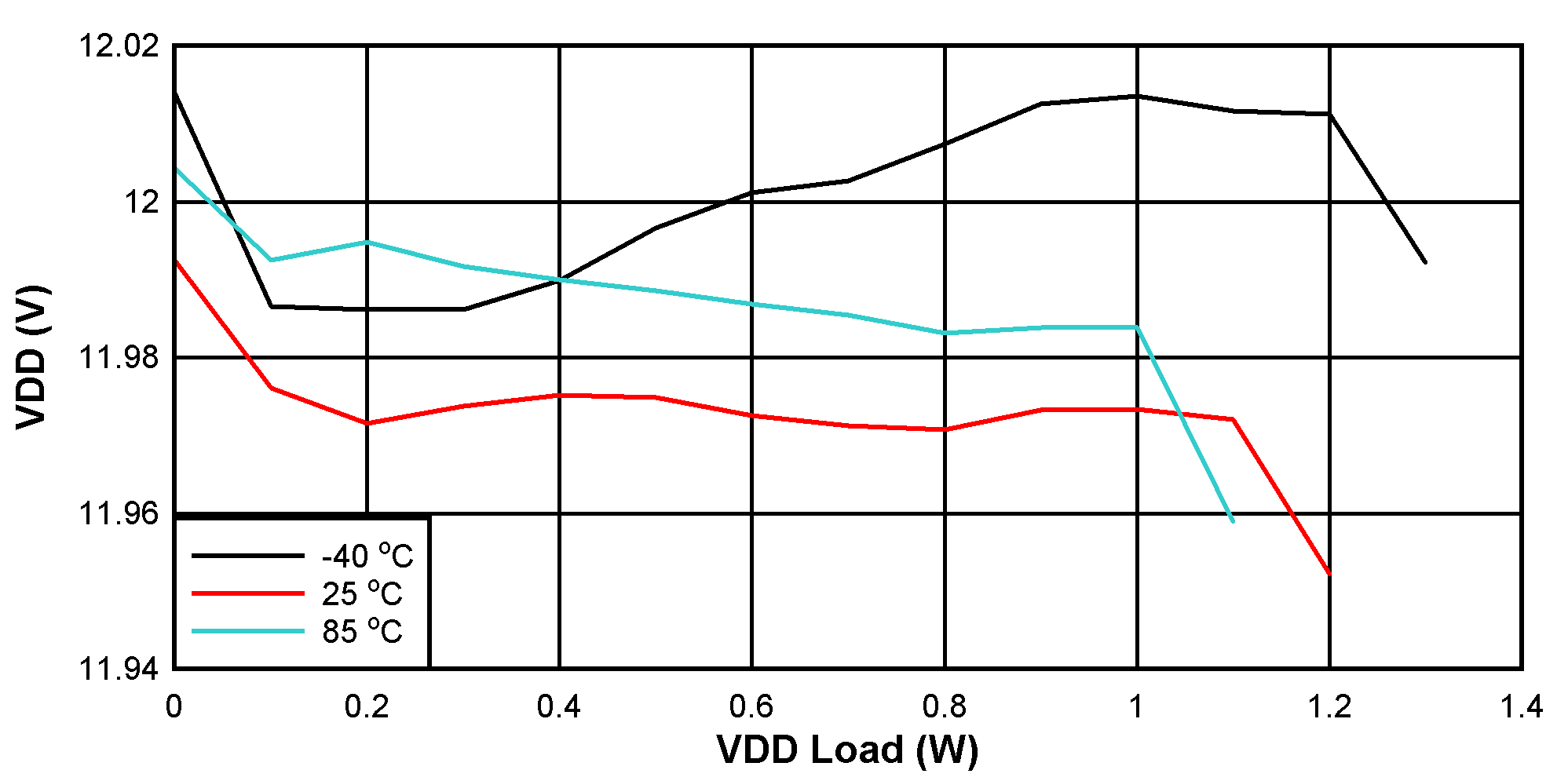 Figure 10-7 VVDD-VEE Load Regulation: VIN = 10 V, VVDD-VEE =
12 V, VCOM-VEE = 5 V
Figure 10-7 VVDD-VEE Load Regulation: VIN = 10 V, VVDD-VEE =
12 V, VCOM-VEE = 5 V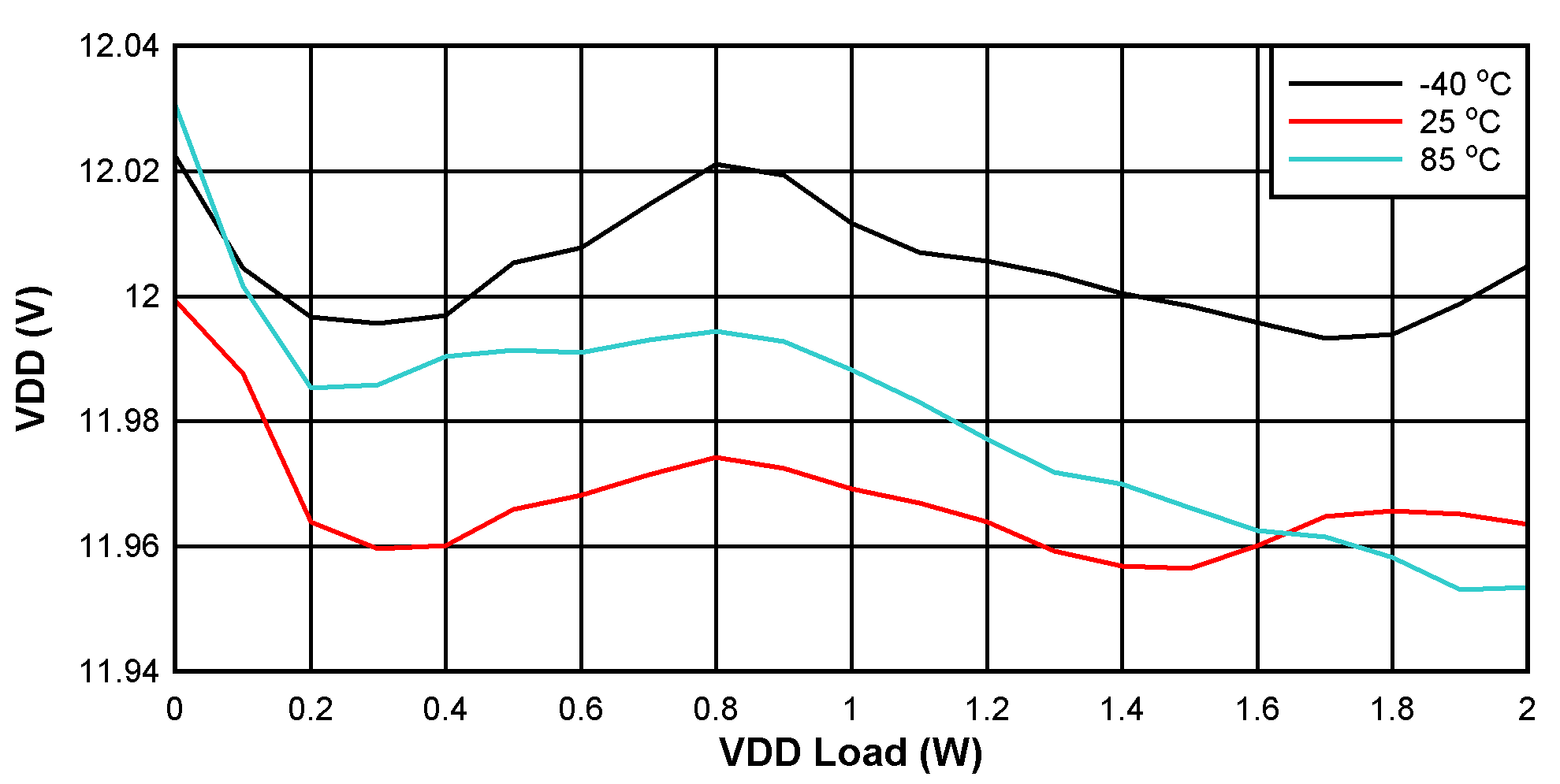 Figure 10-9 VVDD-VEE Load Regulation: VIN = 15 V, VVDD-VEE =
12 V, VCOM-VEE = 5 V
Figure 10-9 VVDD-VEE Load Regulation: VIN = 15 V, VVDD-VEE =
12 V, VCOM-VEE = 5 V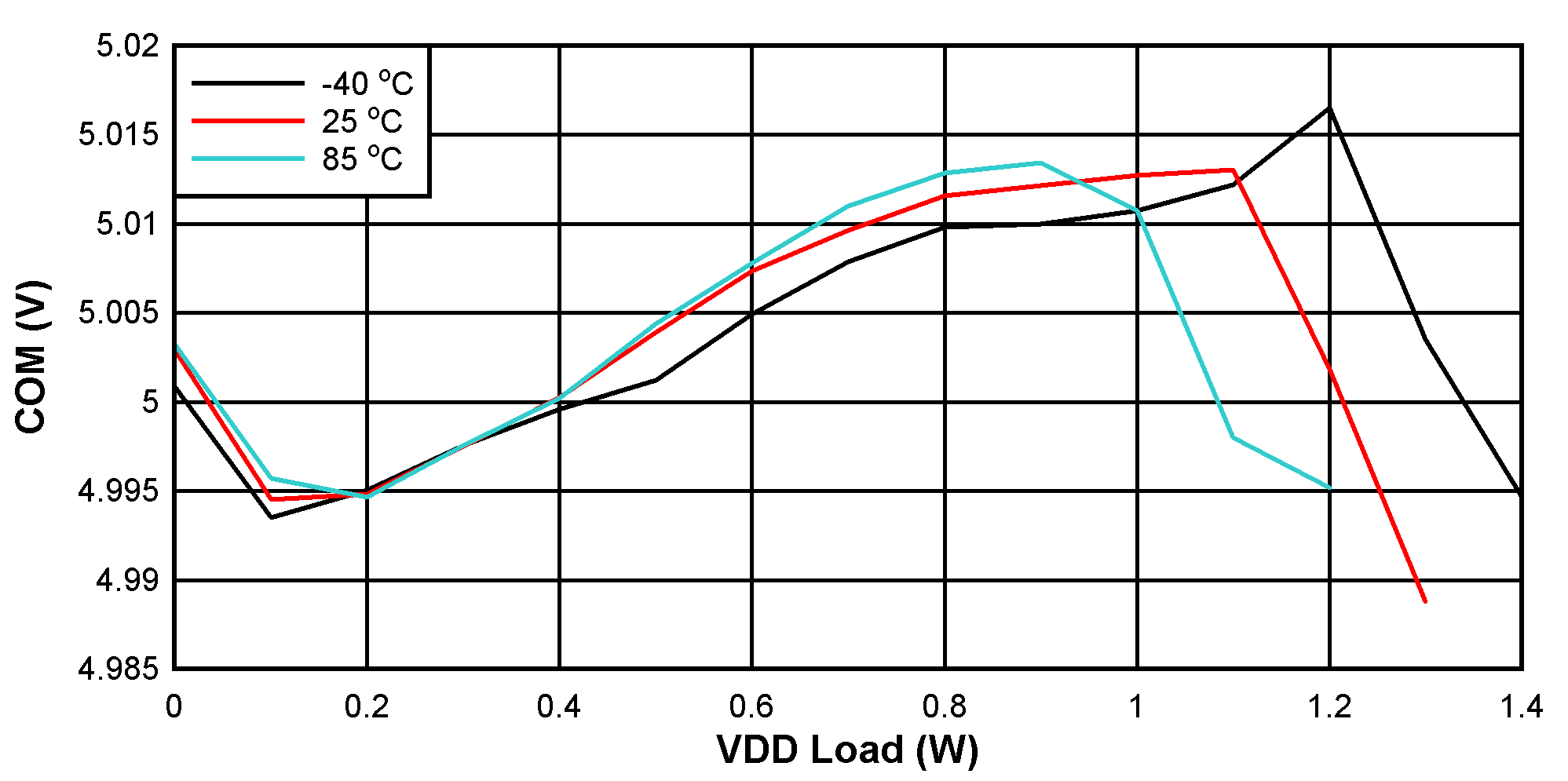 Figure 10-11 VCOM-VEE Load Regulation: VIN = 10 V, VVDD-VEE =
12 V, VCOM-VEE = 5 V
Figure 10-11 VCOM-VEE Load Regulation: VIN = 10 V, VVDD-VEE =
12 V, VCOM-VEE = 5 V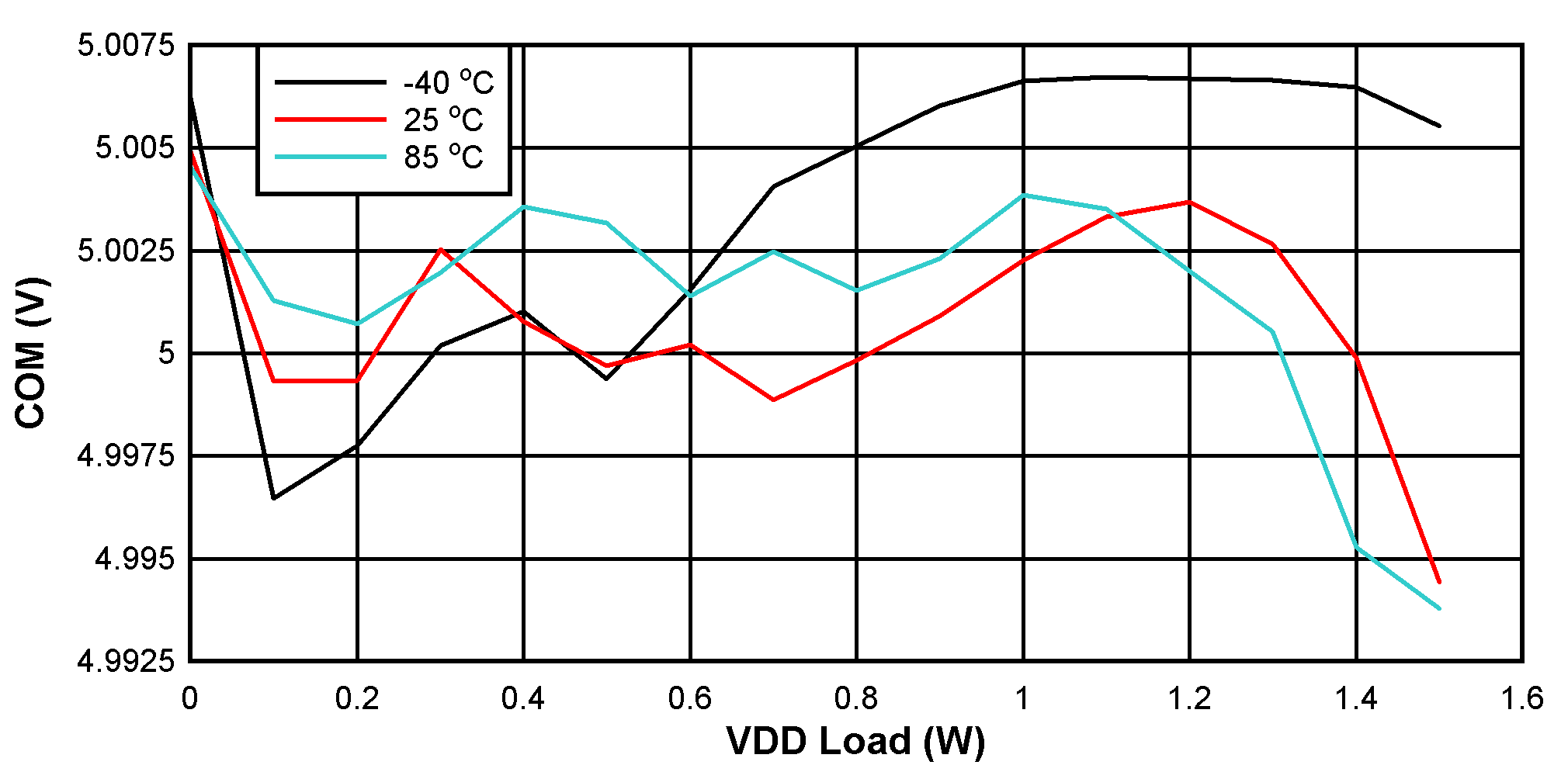 Figure 10-13 VCOM-VEE Load Regulation: VIN = 15 V, VVDD-VEE =
12 V, VCOM-VEE = 5 V
Figure 10-13 VCOM-VEE Load Regulation: VIN = 15 V, VVDD-VEE =
12 V, VCOM-VEE = 5 V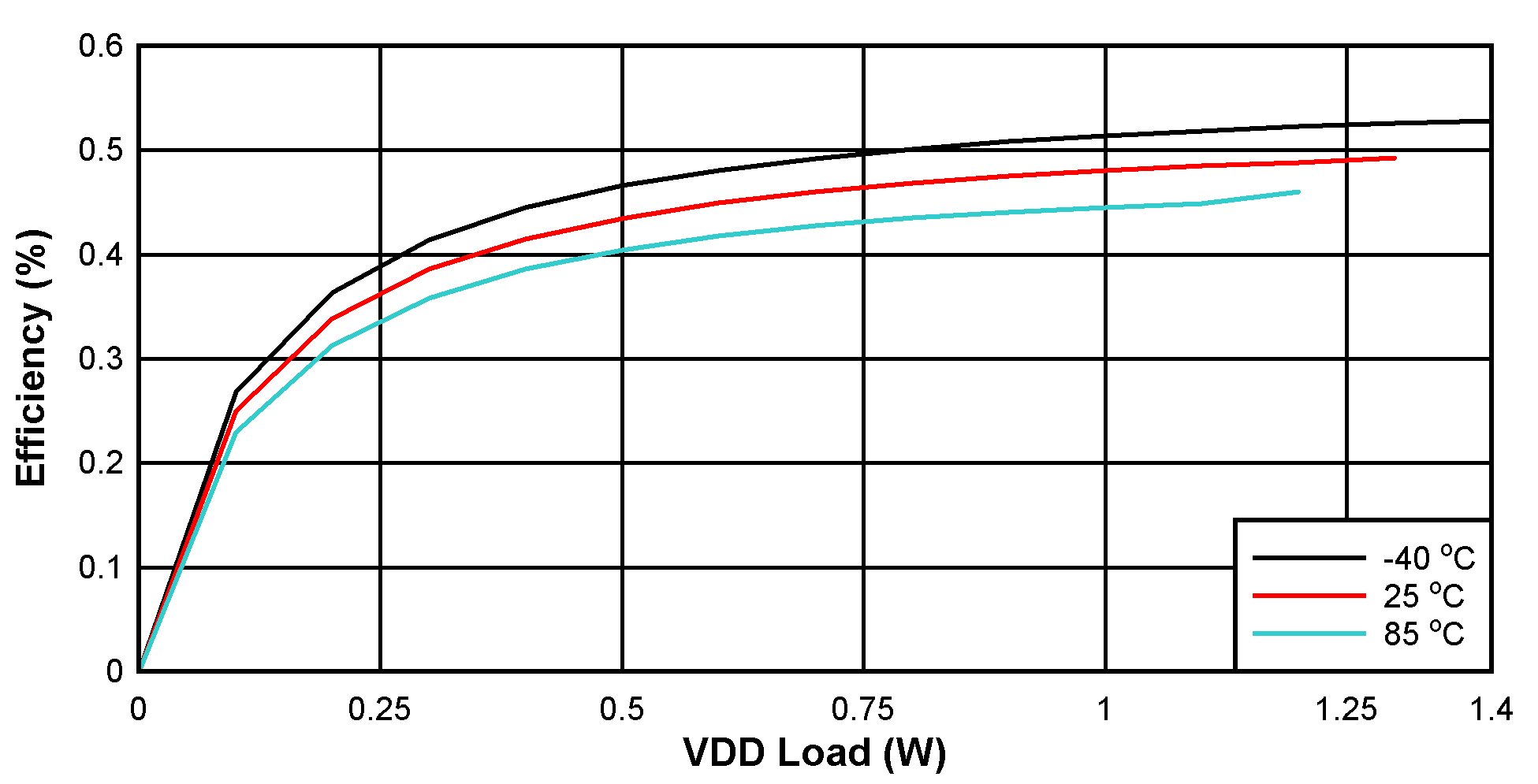 Figure 10-15 Efficiency vs Load on VVDD-VEE: VIN = 10 V, VVDD-VEE
= 12 V, VCOM-VEE = 5 V, No Load on VCOM-VEE
Figure 10-15 Efficiency vs Load on VVDD-VEE: VIN = 10 V, VVDD-VEE
= 12 V, VCOM-VEE = 5 V, No Load on VCOM-VEE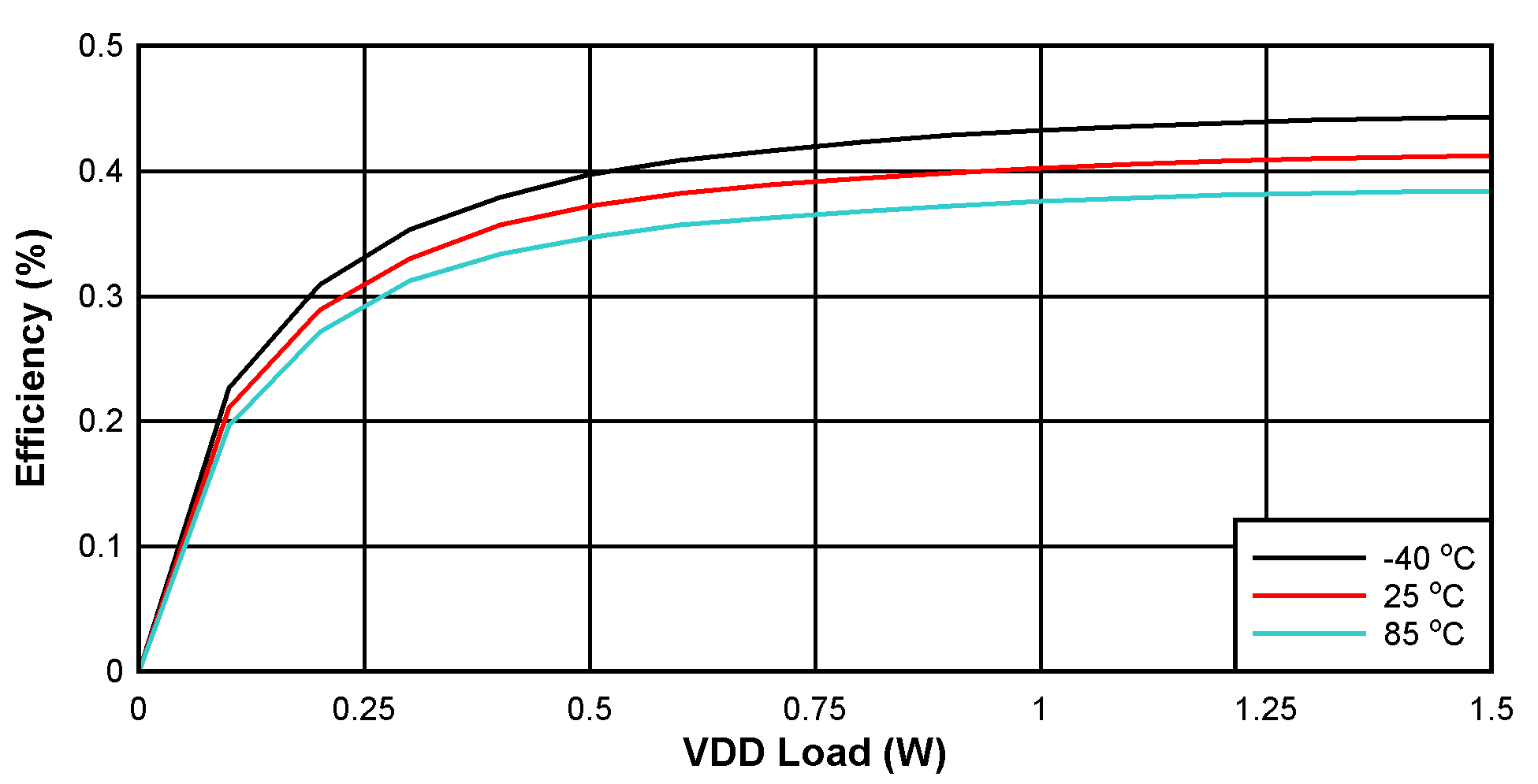 Figure 10-17 Efficiency vs Load on VVDD-VEE: VIN = 15 V, VVDD-VEE
= 12 V, VCOM-VEE = 5 V, No Load on VCOM-VEE
Figure 10-17 Efficiency vs Load on VVDD-VEE: VIN = 15 V, VVDD-VEE
= 12 V, VCOM-VEE = 5 V, No Load on VCOM-VEE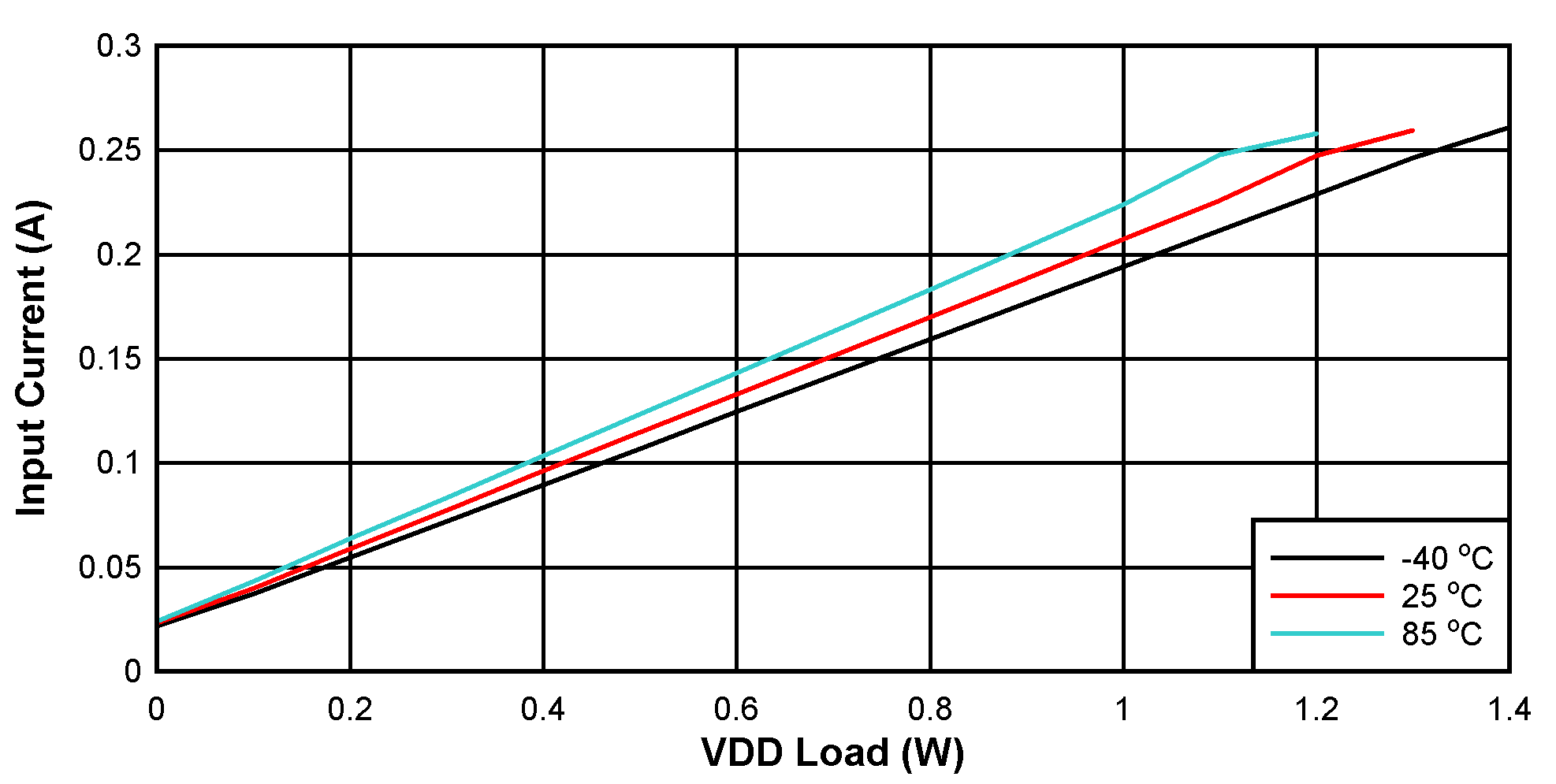 Figure 10-19 Input
Current vs Load on VVDD-VEE: VIN = 10 V, VVDD-VEE = 12
V, VCOM-VEE = 5 V, No Load on VCOM-VEE
Figure 10-19 Input
Current vs Load on VVDD-VEE: VIN = 10 V, VVDD-VEE = 12
V, VCOM-VEE = 5 V, No Load on VCOM-VEE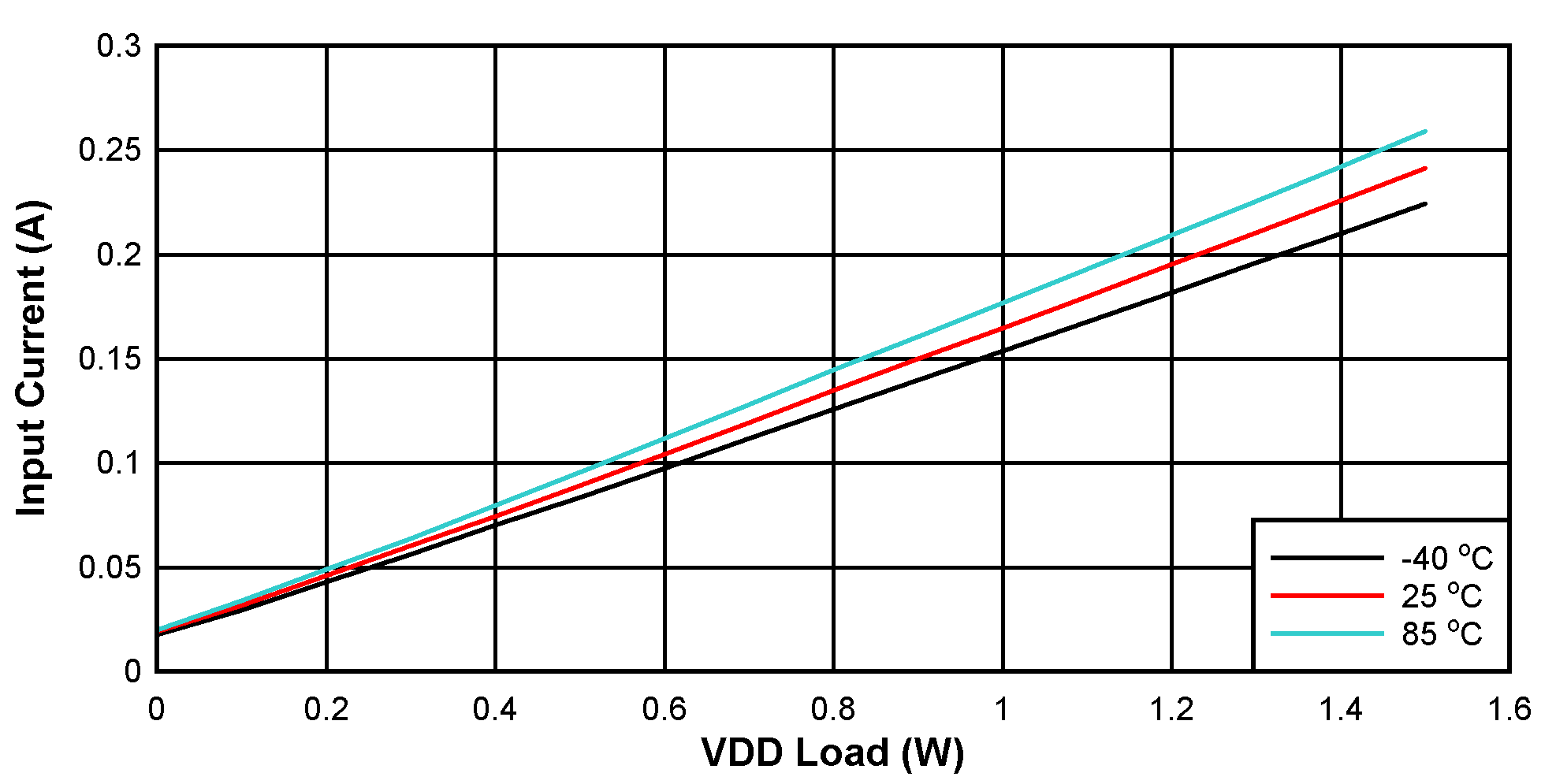 Figure 10-21 Input
Current vs Load on VVDD-VEE: VIN = 15 V, VVDD-VEE = 12
V, VCOM-VEE = 5 V, No Load on VCOM-VEE
Figure 10-21 Input
Current vs Load on VVDD-VEE: VIN = 15 V, VVDD-VEE = 12
V, VCOM-VEE = 5 V, No Load on VCOM-VEE
 Figure 10-1 SOA
Derating Curves: VVDD-VEE = 10 V, VCOM-VEE = 5 V,
Tshut=160oC, No Load on
VCOM-VEE.
Figure 10-1 SOA
Derating Curves: VVDD-VEE = 10 V, VCOM-VEE = 5 V,
Tshut=160oC, No Load on
VCOM-VEE. Figure 10-3 SOA
Derating Curves: VVDD-VEE = 15 V, VCOM-VEE = 5 V,
Tshut=160oC, No Load on
VCOM-VEE.
Figure 10-3 SOA
Derating Curves: VVDD-VEE = 15 V, VCOM-VEE = 5 V,
Tshut=160oC, No Load on
VCOM-VEE. Figure 10-5 SOA
Derating Curves: VVDD-VEE = 15 V, VCOM-VEE = 5 V,
Tshut=150oC, , No Load on VCOM-VEE,
tested in a shielded box.
Figure 10-5 SOA
Derating Curves: VVDD-VEE = 15 V, VCOM-VEE = 5 V,
Tshut=150oC, , No Load on VCOM-VEE,
tested in a shielded box. Figure 10-2 SOA
Derating Curves: VVDD-VEE = 12 V, VCOM-VEE = 5 V,
Tshut=160oC, No Load on
VCOM-VEE.
Figure 10-2 SOA
Derating Curves: VVDD-VEE = 12 V, VCOM-VEE = 5 V,
Tshut=160oC, No Load on
VCOM-VEE. Figure 10-4 SOA
Derating Curves: VVDD-VEE = 18 V, VCOM-VEE = 5 V,
Tshut=160oC, No Load on
VCOM-VEE.
Figure 10-4 SOA
Derating Curves: VVDD-VEE = 18 V, VCOM-VEE = 5 V,
Tshut=160oC, No Load on
VCOM-VEE. Figure 10-6 Load
Transient Response: No Load to 1 W, VIN = 12 V, VVDD-VEE = 12 V,
VCOM-VEE = 5 V
Figure 10-6 Load
Transient Response: No Load to 1 W, VIN = 12 V, VVDD-VEE = 12 V,
VCOM-VEE = 5 V Figure 10-8 VVDD-VEE Load Regulation: VIN = 12 V, VVDD-VEE =
12 V, VCOM-VEE = 5 V
Figure 10-8 VVDD-VEE Load Regulation: VIN = 12 V, VVDD-VEE =
12 V, VCOM-VEE = 5 V Figure 10-10 VVDD-VEE Load Regulation: VIN = 18 V, VVDD-VEE =
12 V, VCOM-VEE = 5 V
Figure 10-10 VVDD-VEE Load Regulation: VIN = 18 V, VVDD-VEE =
12 V, VCOM-VEE = 5 V Figure 10-12 VCOM-VEE Load Regulation: VIN = 12 V, VVDD-VEE =
12 V, VCOM-VEE = 5 V
Figure 10-12 VCOM-VEE Load Regulation: VIN = 12 V, VVDD-VEE =
12 V, VCOM-VEE = 5 V Figure 10-14 VCOM-VEE Load Regulation: VIN = 18 V, VVDD-VEE =
12 V, VCOM-VEE = 5 V
Figure 10-14 VCOM-VEE Load Regulation: VIN = 18 V, VVDD-VEE =
12 V, VCOM-VEE = 5 V Figure 10-16 Efficiency vs Load on VVDD-VEE: VIN = 12 V, VVDD-VEE
= 12 V, VCOM-VEE = 5 V, No Load on VCOM-VEE
Figure 10-16 Efficiency vs Load on VVDD-VEE: VIN = 12 V, VVDD-VEE
= 12 V, VCOM-VEE = 5 V, No Load on VCOM-VEE Figure 10-18 Efficiency vs Load on VVDD-VEE: VIN = 18 V, VVDD-VEE
= 12 V, VCOM-VEE = 5 V, No Load on VCOM-VEE
Figure 10-18 Efficiency vs Load on VVDD-VEE: VIN = 18 V, VVDD-VEE
= 12 V, VCOM-VEE = 5 V, No Load on VCOM-VEE Figure 10-20 Input
Current vs Load on VVDD-VEE: VIN = 12 V, VVDD-VEE = 12
V, VCOM-VEE = 5 V, No Load on VCOM-VEE
Figure 10-20 Input
Current vs Load on VVDD-VEE: VIN = 12 V, VVDD-VEE = 12
V, VCOM-VEE = 5 V, No Load on VCOM-VEE Figure 10-22 Input
Current vs Load on VVDD-VEE: VIN = 18 V, VVDD-VEE = 12
V, VCOM-VEE = 5 V, No Load on VCOM-VEE
Figure 10-22 Input
Current vs Load on VVDD-VEE: VIN = 18 V, VVDD-VEE = 12
V, VCOM-VEE = 5 V, No Load on VCOM-VEE Figure 10-7 VVDD-VEE Load Regulation: VIN = 10 V, VVDD-VEE =
12 V, VCOM-VEE = 5 V
Figure 10-7 VVDD-VEE Load Regulation: VIN = 10 V, VVDD-VEE =
12 V, VCOM-VEE = 5 V Figure 10-9 VVDD-VEE Load Regulation: VIN = 15 V, VVDD-VEE =
12 V, VCOM-VEE = 5 V
Figure 10-9 VVDD-VEE Load Regulation: VIN = 15 V, VVDD-VEE =
12 V, VCOM-VEE = 5 V Figure 10-11 VCOM-VEE Load Regulation: VIN = 10 V, VVDD-VEE =
12 V, VCOM-VEE = 5 V
Figure 10-11 VCOM-VEE Load Regulation: VIN = 10 V, VVDD-VEE =
12 V, VCOM-VEE = 5 V Figure 10-13 VCOM-VEE Load Regulation: VIN = 15 V, VVDD-VEE =
12 V, VCOM-VEE = 5 V
Figure 10-13 VCOM-VEE Load Regulation: VIN = 15 V, VVDD-VEE =
12 V, VCOM-VEE = 5 V Figure 10-15 Efficiency vs Load on VVDD-VEE: VIN = 10 V, VVDD-VEE
= 12 V, VCOM-VEE = 5 V, No Load on VCOM-VEE
Figure 10-15 Efficiency vs Load on VVDD-VEE: VIN = 10 V, VVDD-VEE
= 12 V, VCOM-VEE = 5 V, No Load on VCOM-VEE Figure 10-17 Efficiency vs Load on VVDD-VEE: VIN = 15 V, VVDD-VEE
= 12 V, VCOM-VEE = 5 V, No Load on VCOM-VEE
Figure 10-17 Efficiency vs Load on VVDD-VEE: VIN = 15 V, VVDD-VEE
= 12 V, VCOM-VEE = 5 V, No Load on VCOM-VEE Figure 10-19 Input
Current vs Load on VVDD-VEE: VIN = 10 V, VVDD-VEE = 12
V, VCOM-VEE = 5 V, No Load on VCOM-VEE
Figure 10-19 Input
Current vs Load on VVDD-VEE: VIN = 10 V, VVDD-VEE = 12
V, VCOM-VEE = 5 V, No Load on VCOM-VEE Figure 10-21 Input
Current vs Load on VVDD-VEE: VIN = 15 V, VVDD-VEE = 12
V, VCOM-VEE = 5 V, No Load on VCOM-VEE
Figure 10-21 Input
Current vs Load on VVDD-VEE: VIN = 15 V, VVDD-VEE = 12
V, VCOM-VEE = 5 V, No Load on VCOM-VEE